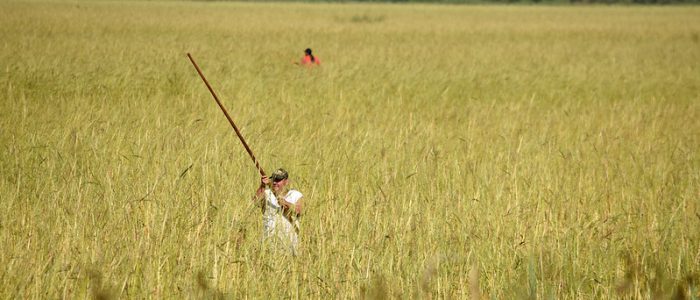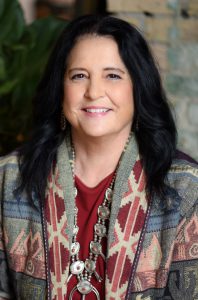OCTOBER 2022
My people are agriculturalists and have been agriculturalists and been planting corn since time immemorial.
Vena A’dae Romero-Briones
Indigenous Agricultural Models
On the second Monday of October, we recognize Indigenous Peoples’ Day. Many people are taught the story of Christopher Columbus “sailing the ocean blue in 1492” and discovering the “New World.” While it made for a catchy rhyme, this story erases the land’s true history – that indigenous people lived, farmed, and were stewards of this land for many thousands of years before Europeans arrived.
It is also true that the European colonization of this land caused devastation to Native communities through conquest, enslavement, and disease. The effects of this persist today, with communities of American Indians and Alaska Natives experiencing “lower life expectancy and disproportionate disease burden,” according to Dr. Linda Frizzell, “perhaps because of limited educational opportunities, disproportionate poverty, discrimination in the delivery of health services, and cultural differences.”
Despite facing historical and ongoing atrocities, Native Americans continue to live, farm, and be stewards of the land on which we live. Throughout history, Indigenous people have contributed endless wisdom to agriculture. Now, as we experience the effects of climate change on a massive scale, many are returning to Native farming approaches.
We’re seeing it in the wider culture as well. A lot of young people, [Native and] non-Native alike, are getting into farming and a desire to live more sustainably…these are not new ideas of living sustainably or in harmony or farming ecologically. This is a return or continuation of what Native people have always been doing.
In honor of Indigenous Peoples Day, we at UMASH recognize the reality of the injustices experienced by Native Americans, celebrate the resilience of all Indigenous communities, and commit to elevating and supporting the health and safety of Native farmers and their families.
LEARN MORE


